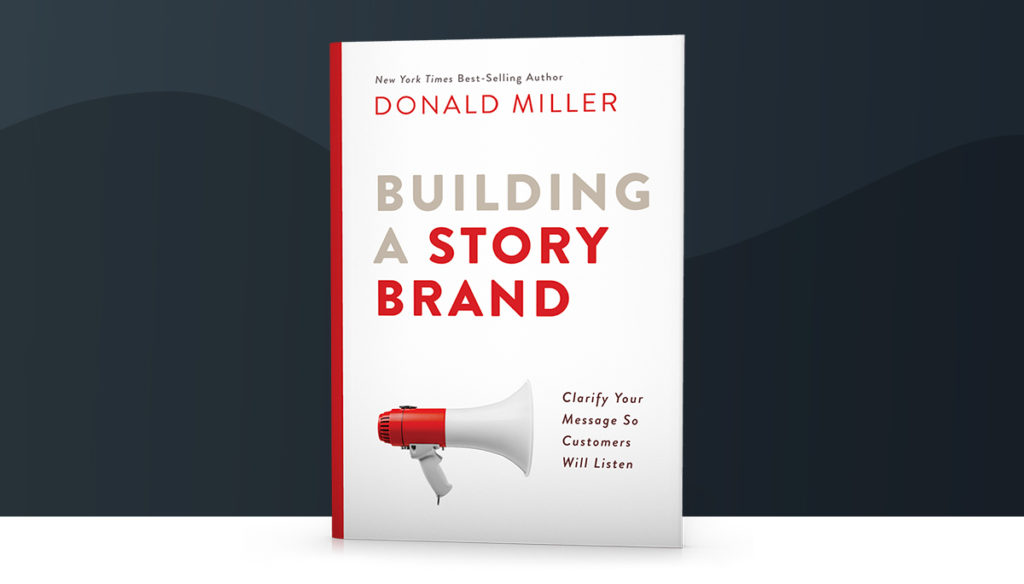In Part 1 of our series on building better financial advisor websites, we discussed how clarity is crucial on every page of your website, especially the home page.
Since visitors will only spend seconds on your site before deciding whether to stick around, you need to offer a compelling message paired with the right visuals to pique their curiosity and make it clear you are able to successfully address their needs.
Now that you know why those elements are important, this installment of our series will help you with how to create a compelling story for your website.

Characters in Your Story
Most advisors start writing their website copy by thinking about their firm. Services, mission statements, core values, history, achievements, certifications, etc. In other words, booooooring. And it will sound like every other advisor website.
In Donald Miller’s best-selling book “Building a Story Brand,” he shares some simple yet very powerful tips on using your website to tell a compelling story. Site visitors (your prospects) need to see themselves in the story on your website, not just read about your firm.
While you may think you need to be the hero of the story on your website, ready to save the day on behalf of your clients, the real hero of the story is the client. Why? Because you’re playing the role of their guide.
How the Guide Helps the Hero
Think about most movie formulas. A character has some sort of challenge they’re facing, and a wise guide who’s been around the block a few times is here to teach them how they can achieve their dream, overcome their challenge, reach their destiny, and become the hero.
Daniel eventually becomes the hero of The Karate Kid story, but he wouldn’t be a champion without Mr. Miyagi. As an authority figure who empathized with Daniel’s plight, Mr. Miyagi equipped Daniel with all the skill sets he needed to become the hero of his own story.
And you, a financial advisor, are the guide for your prospects and will equip them with the financial plan they need to achieve their financial goals, avoid pitfalls, and leave behind a lasting legacy.
So, you know your messaging should position you as the guide helping your prospects become the hero of their own story. Now, how do you begin piecing your story together? With the StoryBrand framework.
The StoryBrand Framework
The StoryBrand framework helps identify the key elements of your story in 7 steps. Here is how the story begins and ends:
- A Character…
- Has a Problem…
- And Meets a Guide…
- Who Gives Them a Plan…
- And Calls Them to Action…
- That Helps Them Avoid Failure…
- And Ends in a Success.
As you think through each step, be sure to get specific. For example, if your typical client is elderly women, or divorcees, professional athletes, or multi-generational families, etc, then your “character” will have their own unique problems. Make sure you’re writing your firm’s unique story.
You’ll find that crafting your website messaging via the framework of a story will actually make writing your web copy a fun exercise.
The StoryBrand book offers fantastic insights into each of the 7 steps of the framework, and much more. To get your copy of the Building a StoryBrand book, click here. We highly advise you adding this fun and practical book to your reading list, as it will influence every part of your marketing plan.
Next Steps
In our next installment, we’ll help you with more website best practices including selecting the best imagery and perfecting the ideal call-to-action.
To make sure you don’t miss these practical tips, be sure to sign up for our email updates here.
